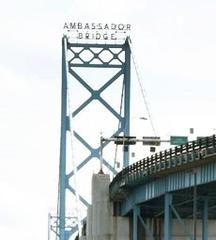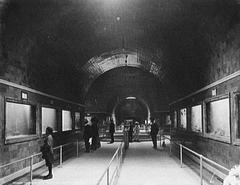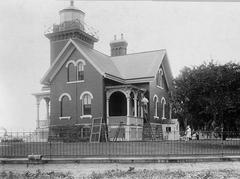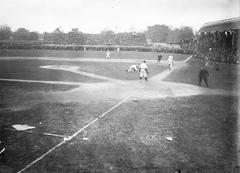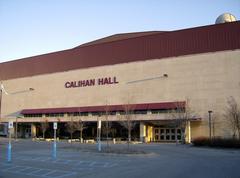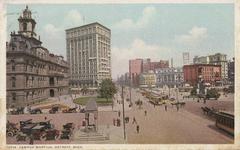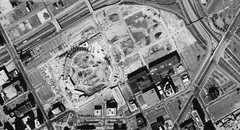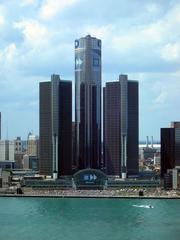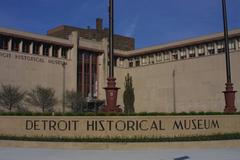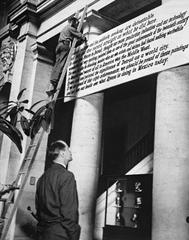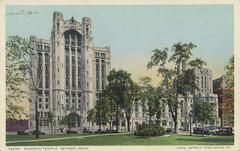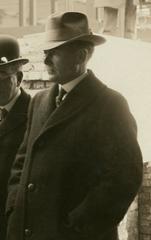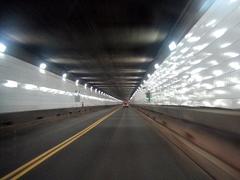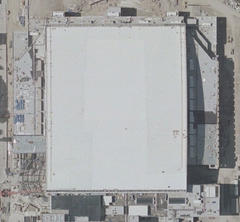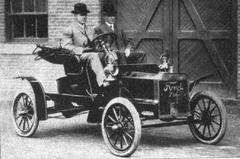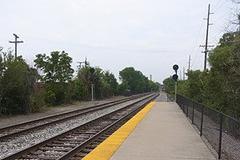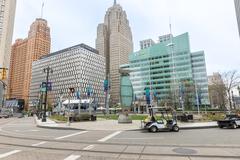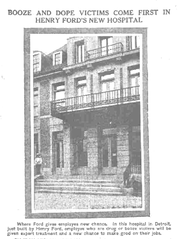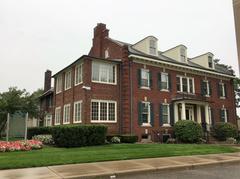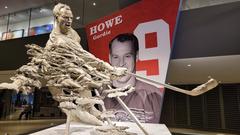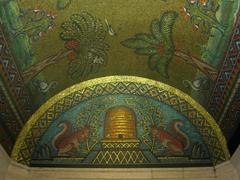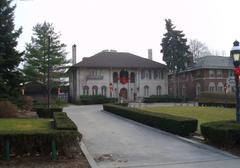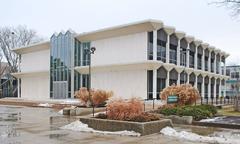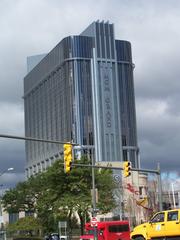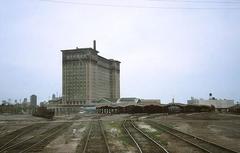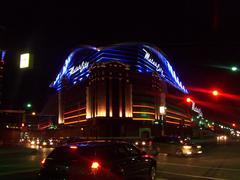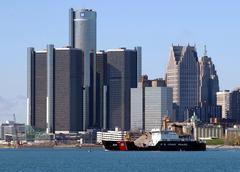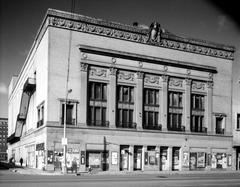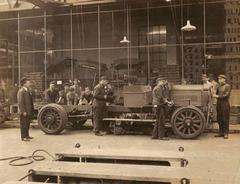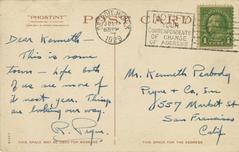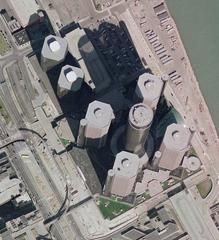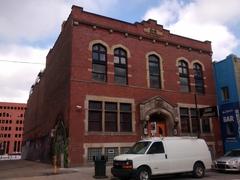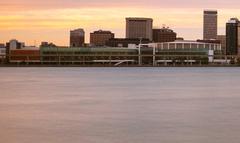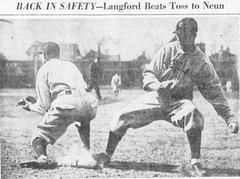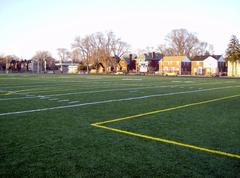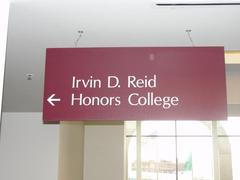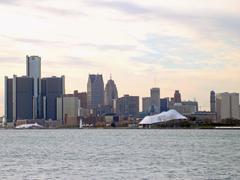
Theodore Levin United States Courthouse Detroit, Michigan: Visiting Hours, Tickets, and Visitor Guide
Date: 04/07/2025
The Theodore Levin United States Courthouse is a prominent Detroit landmark, blending active federal judicial service with remarkable architectural and cultural heritage. This comprehensive guide covers everything you need to know for your visit, including hours, ticketing, security, accessibility, historical context, and nearby attractions.
Table of Contents
- Introduction
- Historical Overview
- Architectural Significance
- Role in Judicial and Civic Life
- Visitor Information
- Nearby Attractions
- Preservation and Renovation
- Frequently Asked Questions (FAQ)
- Conclusion and Further Resources
- Official Sources and Further Reading
Introduction
Located at 231 West Lafayette Boulevard in the heart of downtown Detroit, the Theodore Levin United States Courthouse is a vital part of the city’s legal, architectural, and historical landscape. Known for its impressive Art Deco and Art Moderne design, as well as the celebrated “Million Dollar Courtroom,” this courthouse offers visitors a unique glimpse into Detroit’s federal heritage and urban evolution (GSA.gov; Historic Detroit).
Historical Overview
Early Federal Presence and Site History
The courthouse site was originally home to Fort Lernoult (later Fort Shelby), a key military outpost during Detroit’s colonial and early American periods (SAH Archipedia). In 1897, it became the location of a grand Richardsonian Romanesque U.S. Post Office, Courthouse, and Custom House, reflecting Detroit’s emergence as a commercial and governmental hub. The city’s explosive growth in the early 20th century, particularly due to the automotive boom, soon created the need for a more modern federal facility (GSA.gov; Historic Detroit).
Planning and Construction (1931–1934)
In 1931, Congress allocated $5.5 million for a new building, embracing the monumental public architecture style of the time. Construction began in 1932 and concluded in 1934. A notable feature was the preservation and relocation of the “Million Dollar Courtroom” from the previous 1897 structure, demonstrating a commitment to maintaining the site’s historical legacy (MLive; Historic Detroit).
Architectural Significance
Art Deco and Art Moderne Features
The ten-story courthouse, designed by James A. Wetmore and Robert O. Derrick, features a steel frame clad in smooth limestone, with a polished black stone base and fluted pilasters. Noteworthy external elements include stylized eagles and intricate bas-reliefs by Corrado Joseph Parducci, symbolizing federal authority and justice. The open central court above the second floor provides natural light to the building’s core (myCityHunt; SAH Archipedia).
Interior highlights include marble floors, Art Deco elevator cabs, and a vaulted public concourse that preserves much of the building’s historic character (Historic Detroit).
The Million Dollar Courtroom
Perhaps the most celebrated interior feature is the “Million Dollar Courtroom,” so named for its lavish use of 30 different types of marble and intricate East Indian mahogany. The room’s hand-carved benches and symbolic motifs—such as lions atop marble columns and griffins flanking a mason’s plumb line—reflect the ideals of justice and the rule of law. The meticulous disassembly and reinstallation of this courtroom preserved its original artistry and integrity (MLive).
Role in Judicial and Civic Life
Since opening, the courthouse has housed the U.S. District Court for the Eastern District of Michigan and played host to landmark legal cases, including pivotal civil rights trials such as Bradley v. Milliken and the 2012 “Underwear Bomber” case (Detroit1701.org; Historic Detroit). In 1994, it was officially named in honor of Judge Theodore Levin, a revered local jurist (GSA.gov). The courthouse’s continued use and preservation underscore its importance in Detroit’s legal and civic history.
Visitor Information
Visiting Hours and Admission
- Lafayette Blvd. Entrance: Open to the public from 7:00 a.m. to 5:30 p.m.
- Fort Street Entrance: Open from 7:30 a.m. to 5:00 p.m.
- General Hours: Most public areas are accessible Monday–Friday, 8:30 a.m. to 5:00 p.m.
The courthouse is closed on weekends and federal holidays.
(U.S. District Court)
Admission is free—no tickets or reservations are required to enter public areas or attend open court proceedings.
Security and Entry Requirements
- Photo ID is required for entry (driver’s license, state ID, or passport).
- All visitors undergo security screening (metal detectors, X-ray scanning).
- Prohibited items: Firearms, knives, pepper spray, tools, and food/beverages (unless medically necessary).
- Electronic devices:
- Non-attorneys are not permitted to bring cell phones or wireless devices.
- Attorneys may bring devices with proof of bar membership or court business.
Accessibility
The courthouse is fully ADA-compliant, with wheelchair-accessible entrances, elevators to all public floors, and accessible restrooms. Visitors needing special accommodations should contact courthouse staff in advance (U.S. District Court).
Guided Tours and Special Events
- Guided tours (including the Million Dollar Courtroom) are available by appointment through the Historical Society or by contacting the courthouse directly. Walk-ins are not guaranteed.
- Special events and exhibits may be offered periodically; check the courthouse or Historical Society website for updates.
- Photography: Prohibited inside the courthouse. The exterior offers excellent photo opportunities.
Parking and Transportation
- Parking: Attended lots, parking structures, and metered street parking are nearby (rates vary; enforcement is strict).
- Public transit: Served by local bus routes and the QLINE streetcar; rideshare and taxi services are available (Amber Everywhere).
Dress Code and Visitor Conduct
- Attire: Business casual or formal attire is recommended, especially when attending court.
- Conduct: Maintain decorum, silence phones, and follow all security and staff instructions.
Nearby Attractions
The courthouse’s central location makes it a gateway to key Detroit historical sites:
- Guardian Building: Iconic Art Deco skyscraper with tours.
- Campus Martius Park: Vibrant public space with dining.
- Detroit Riverwalk: Scenic walking paths.
- Detroit Institute of Arts and Charles H. Wright Museum: Renowned cultural institutions nearby.
- Dining and Cafés: Numerous options in the Financial District (Near Place).
Preservation and Renovation
Ongoing preservation efforts have focused on restoring original architectural features, modernizing building systems, and enhancing energy efficiency. Notable renovations include restoring the Million Dollar Courtroom, opening a new Shelby Street entrance, and converting the open central court into a green space (MLive; PageThink).
Frequently Asked Questions (FAQ)
Q: What are the courthouse visiting hours?
A: Monday–Friday, 8:30 a.m. to 5:00 p.m. (check for updates on holidays or special closures).
Q: Is admission free?
A: Yes, no tickets are required.
Q: Are guided tours available?
A: Yes, by appointment. Contact the courthouse or Historical Society.
Q: Can visitors bring cell phones?
A: Only attorneys may bring wireless devices with proof of court business.
Q: Is the courthouse accessible?
A: Yes, entrances and restrooms are ADA-compliant.
Q: Where can I park?
A: Several attended lots, parking structures, and metered street parking are available nearby.
Q: Is photography allowed inside?
A: No, photography is prohibited inside; exterior photos are encouraged.
Conclusion and Further Resources
The Theodore Levin United States Courthouse stands as a living monument to justice, history, and architectural excellence in Detroit. From the grandeur of the Million Dollar Courtroom to its striking Art Deco façade, this courthouse offers a rewarding experience to visitors interested in law, architecture, or Detroit’s cultural legacy. Free admission, accessibility, and proximity to major Detroit attractions make it an essential stop in the city’s Financial District.
For more information on visiting hours, tours, and Detroit’s historical sites, consult the official resources below and consider downloading the Audiala app for interactive guides and updates.
Official Sources and Further Reading
- GSA.gov: Theodore Levin U.S. Courthouse History, Architecture, and Visitor Information
- MLive: A Look Inside Detroit’s Million Dollar Courtroom
- Historic Detroit: Theodore J. Levin U.S. Courthouse
- Federal Court Historical Society
- Detroit1701.org: Theodore Levin United States Courthouse
- U.S. District Court for the Eastern District of Michigan
- PageThink: Renovation Project Overview
Image suggestions: Exterior of the courthouse (“Theodore Levin United States Courthouse in Detroit – historic federal courthouse and Detroit architectural landmark”), interior of the Million Dollar Courtroom (“Inside the Million Dollar Courtroom featuring Art Deco design at Theodore Levin United States Courthouse”), and a map of downtown Detroit (“Map showing location of Theodore Levin United States Courthouse in downtown Detroit”).
For more Detroit travel tips and historical site guides, explore related articles or download the Audiala app for enhanced visitor experiences.

